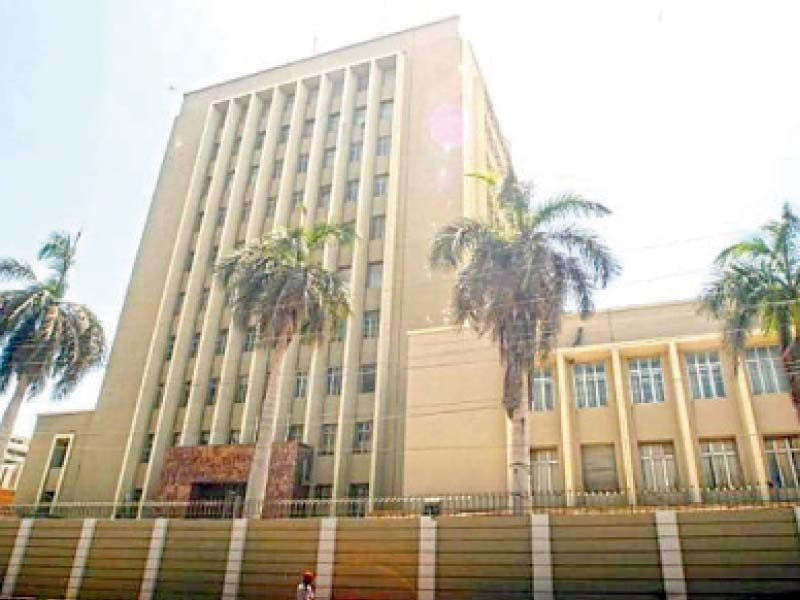
KARACHI:
State Bank of Pakistan (SBP) Governor Jameel Ahmad has reportedly expressed his lack of knowledge regarding the debt restructuring exercise mentioned by Finance Minister Ishaq Dar, indicating a communication gap between the government and the central bank. While the central bank falls under the jurisdiction of the Ministry of Finance, the appointment of the serving governor was reportedly approved by Dar.
During an analyst briefing on the latest monetary policy statement (MPS), on Monday, Ahmad was quoted as saying that they (SBP) had no information on the debt restructuring of bilateral foreign debt mentioned by the finance minister. Topline Research quotes him as explaining that a significant portion of the debt is bilateral and multilateral, with substantial payments made towards commercial debt and future payments planned for Eurobonds.
This contradicts the finance minister’s recent statement about working on bilateral debt profiling, said the research house. Ahmad clarified that out of the total external repayment amount of $3.6 billion due in June 2023, $0.4 billion has already been paid, while the remaining balance of $2.3 billion will be rolled over and $0.9 billion needs to be financed.
The research house expressed concerns about the impact of delayed rollovers on liquid foreign exchange reserves, which currently stand below $4 billion. The SBP expects the total debt requirements for FY24 to be around $23 billion, evenly distributed across four quarters. The funding for this will depend on discussions with the International Monetary Fund (IMF) and other factors, which will be addressed in the next monetary policy statement.
The SBP governor also mentioned ongoing discussions with the IMF, expressing hope that the review will conclude soon. He anticipated that a significant amount of approximately Rs1 trillion will be transferred to the government as non-tax revenue, resulting from the profit earned by the SBP during FY24.
Regarding the current account deficit, Ahmad projected that it will close at $3.5 billion for FY23, possibly reaching $4 billion in the worst-case scenario. This is attributed to policy-induced import restrictions and the availability of liquidity from exports and remittances. Furthermore, he stated that the current account deficit for FY24 will also remain below $4 billion.
Monetary policy stays at 21%
The SBP’s Monetary Policy Committee (MPC) also met on Monday and has opted to maintain its benchmark policy rate at a record high of 21% in its recent monetary policy statement (MPS). The decision aligns with market expectations and is arguably being maintained to address the country’s persistently high inflation, which reached 38% in May. The central bank anticipates a decline in inflation from June onwards and believes that the current policy stance is necessary to anchor inflation expectations and achieve the medium-term target of 5% to 7% by the end of fiscal year 2024-2025 – “barring any unexpected domestic and external shocks”.
The SBP’s decision suggests that the cycle of policy rate hikes may have come to an end, as the projected real interest rate, adjusted for inflation, is expected to be positive in the future, in contrast to the recent negative values. However, the bank foresees subdued economic activities in the near term due to the tight monetary policy, which is likely to hamper economic growth. Pakistan’s GDP growth rate for the outgoing fiscal year 2023 was a mere 0.3%, significantly lower than the 6.1% achieved in FY22. The government has set a growth target of 3.5% for the next fiscal year, starting July 1.
The SBP highlighted a notable reduction in the current account deficit, which decreased to $3.3 billion in the first ten months of FY23, a drop of more than 75% compared to the previous fiscal year. “However, debt repayments amid lower fresh disbursements, and weak investment inflows continue to exert pressure on foreign exchange reserves.” The central bank expects the current account deficit to remain under control, assuming relatively favourable commodity prices and a moderate domestic economic recovery in the coming year.

The bank has projected a large fiscal deficit of 7% in FY23, primarily due to the government’s heavy reliance on domestic debt to finance its operations. Commercial banks’ credit to the private sector also slowed down, with a 7.1% decline in April compared to a growth rate of 22.3% in April 2022. This reduction can be attributed to subdued economic activity and high borrowing costs, resulting in decreased demand for working capital and consumer loans. The private sector, considered the engine of economic growth, needs access to affordable credit to stimulate economic expansion.
The policy rate is a crucial tool for the central bank to balance inflation and economic growth. While the SBP has raised the policy rate cumulatively by 7.25 percentage points during FY23, further significant rate cuts are necessary to fuel economic growth. The recent rate hikes were partially implemented to meet the IMF’s recommendations and reinstate the stalled $6.5 billion loan programme, set to expire at the end of FY23.
Although the SBP acknowledged the higher-than-expected inflation readings in April and May, it expects domestic demand to remain subdued due to the tight monetary stance, domestic uncertainties, and external pressures. The national Consumer Price Index (CPI) inflation rose to 38% in May 2023, resulting in an average inflation rate of 29.2% during the period from July 2022 to May 2023, compared to 11.3% in the same period of the previous year.
The SBP’s MPC also took note of several important developments since its last meeting in April 2023. Real GDP growth decelerated significantly in FY23, while the current account balance recorded consecutive surpluses in March and April, relieving some pressure on foreign exchange reserves. The government’s budget for FY24, announced on June 9, reflects a slightly contractionary fiscal stance compared to the revised estimates for FY23. Additionally, global commodity prices and financial conditions have eased recently, and this trend is expected to continue in the near term.
The MPC expects that reduced demand-side pressures, easing inflation expectations, moderating global commodity prices, and the high base effect will contribute to a decline in inflation from June 2023 onwards. To achieve the medium-term inflation target, the current policy stance is deemed necessary.
The significant contraction in the industrial sector and the slower growth in the services sector have been major drags on economic growth. However, the agriculture sector performed better than expected, with bumper sugarcane and wheat crops and robust growth in the livestock sector compensating for flood-related damages to cotton and rice crops.
The MPC also acknowledged the slowdown in economic activity reflected in high-frequency indicators, including double-digit declines in volumes of automobile sales, petroleum, oil, and lubricant (POL) sales, and domestic cement sales. Large-scale manufacturing also contracted during FY23 due to the cumulative impact of tight policies. However, the agriculture sector is expected to show improved performance in the absence of unfavourable weather conditions.
Published in The Express Tribune, June 13th, 2023.
Like Business on Facebook, follow @TribuneBiz on Twitter to stay informed and join in the conversation.




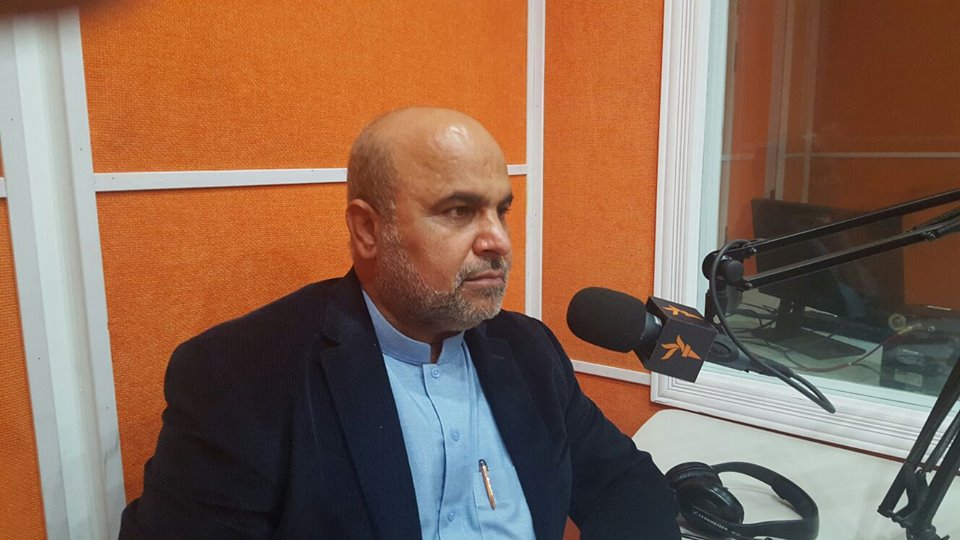


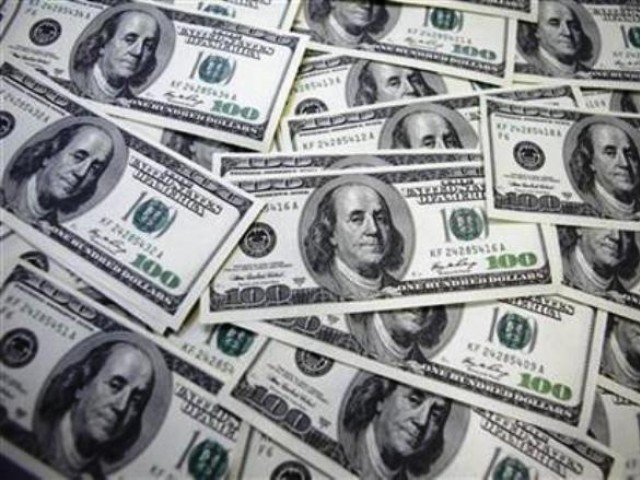
















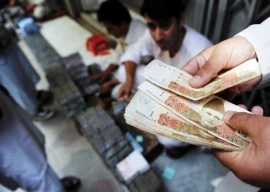



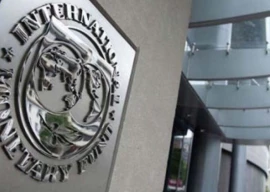






COMMENTS
Comments are moderated and generally will be posted if they are on-topic and not abusive.
For more information, please see our Comments FAQ